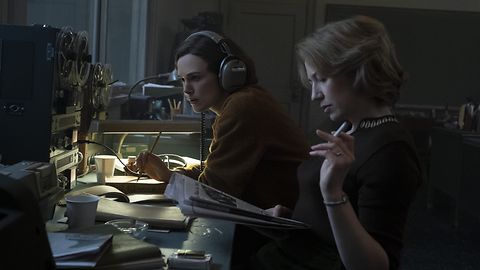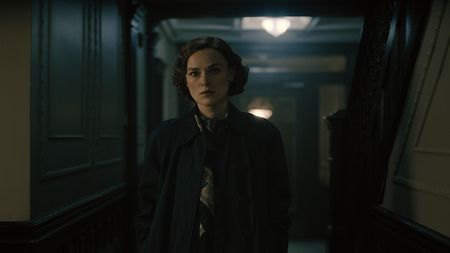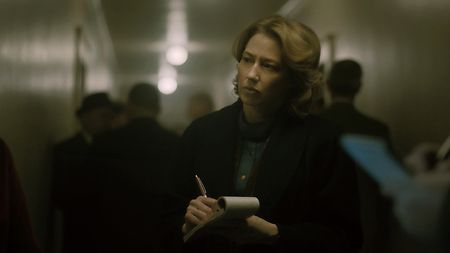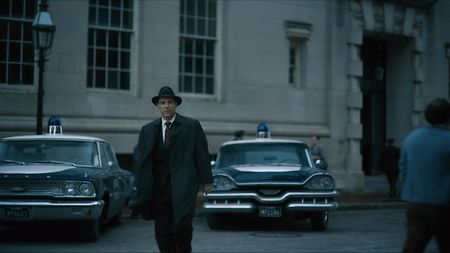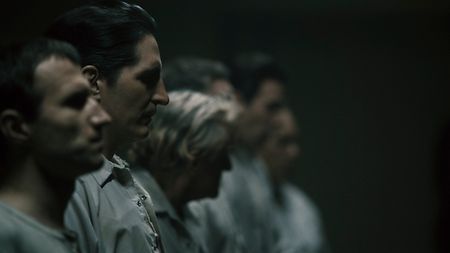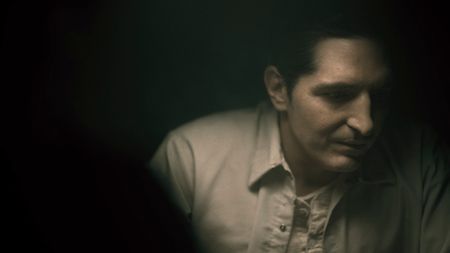Captured in 65 mm with the ALEXA 65 and a mix of Prime DNA and DNA LF lenses from ARRI Rental, Hulu’s “Boston Strangler” was shot by cinematographer Ben Kutchins and directed by Matt Ruskin. It tells the story of the infamous early-1960s Massachusetts murder spree through the tireless investigative journalism of Loretta McLaughlin (Keira Knightley), who with colleague Jean Cole (Carrie Coon) first suggested that the murders were linked and coined the name “the Boston Strangler.” Kutchins spoke with ARRI Rental about how he used color, lighting, and a curated selection of lenses to evoke the period and illuminate the struggle and strength of women reporters during that time.
You had previously worked with Matt Ruskin – what was it like collaborating again and what interested you in the script?
I’ve been working with Matt for almost 20 years now, starting with a documentary in 2006 and then we did “Crown Heights” together about seven years ago. Matt is an incredibly smart filmmaker; he understands that it’s all about character, and that if you attach the audience to a character they believe in, they will follow their journey anywhere. He’d been working on developing “Boston Strangler” for a few years, and I’d read a couple drafts of the script along the way, but the thing that always stuck with me was the main character, Loretta McLaughlin. She’s this powerhouse of a woman in the 1960s, breaking the glass ceiling and ultimately changing the history of female journalism in the Northeast.
